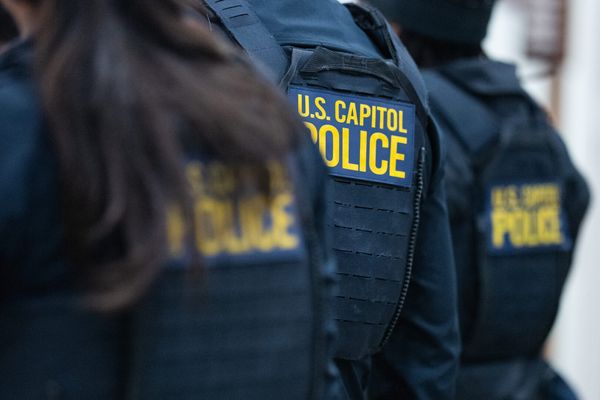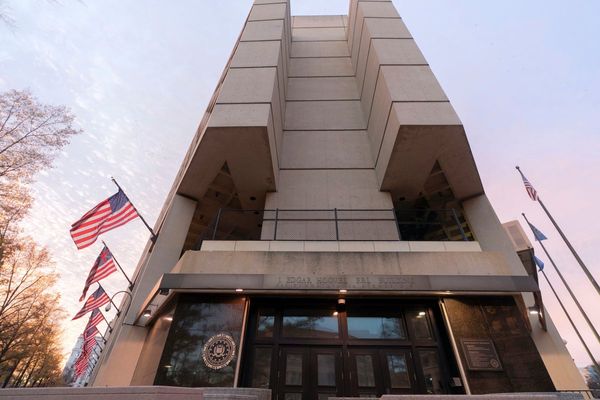
In recent weeks, there has been a significant discussion surrounding the Panama Canal, with President Donald Trump suggesting that Panama should return the canal to the United States. This proposal has raised eyebrows due to its potential implications and challenges.
The Panama Canal, a key waterway connecting the Atlantic and Pacific Oceans, was returned to Panama in 1999 following negotiations led by President Jimmy Carter. The decision to return the canal was seen as a step towards rectifying a legacy of US intervention in Central America.
Despite Trump's recent statements, subsequent presidents from both parties have upheld the terms of the Panama Canal treaties, which facilitated the transfer of operations to Panama. Currently, the canal is efficiently managed by Panama, with a significant portion of global trade passing through it.



Trump's suggestion of using military force to reclaim the canal has sparked concerns about the feasibility and consequences of such a move. The logistics of a military operation to secure the canal zone, which spans over 500 square miles, would be complex and require a substantial deployment of troops.
Moreover, any military action to seize the canal would not only face logistical challenges but also legal hurdles. Typically, a congressional resolution is required to authorize the use of force, and any unilateral action could have far-reaching implications for global trade and diplomatic relations.
Given the strategic importance of the Panama Canal and its role in facilitating international trade, any attempt to disrupt its operations through military means could have severe repercussions. The potential risks and complexities involved in such a venture make it a contentious and unlikely course of action.







